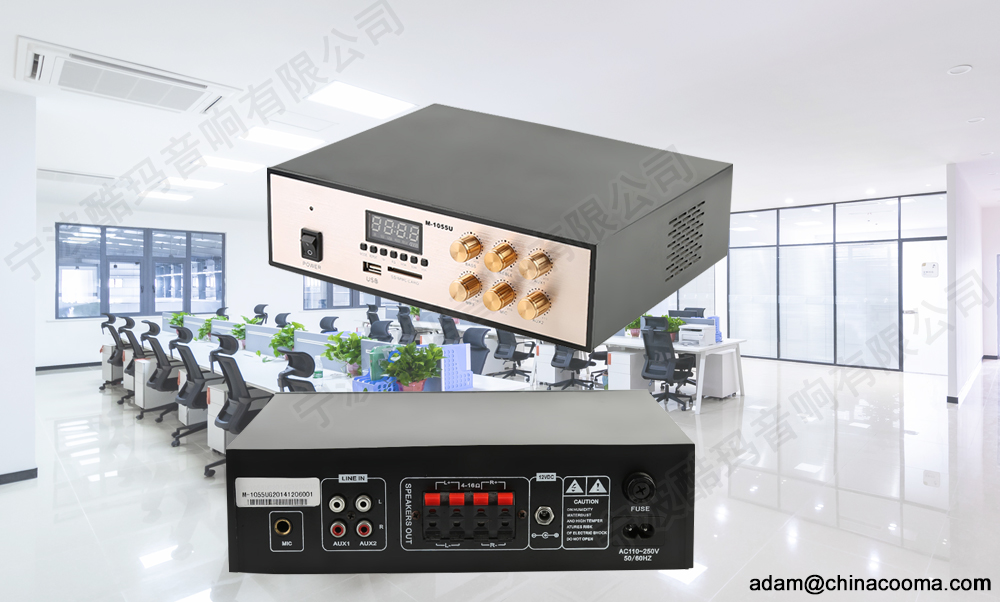With the rapid advancement of technology, audio amplifiers have shown remarkable advantages in optimizing acoustics for public broadcast. These advanced devices not only deliver clearer and more powerful sound but also provide a unique audio experience by precisely controlling the characteristics of the sound.
- High-Fidelity Sound Quality:
The primary advantage of audio amplifiers in acoustic optimization is the provision of high-fidelity sound quality. This high-fidelity performance ensures the accurate transmission of audio signals, guaranteeing the authentic reproduction of the original sound. In public broadcast, this means that listeners can discern information more clearly and experience a more realistic and immersive audio environment.
- Balancing Power and Efficiency:
Audio amplifiers achieve a balance between power and efficiency by precisely controlling the power output of audio signals. This balance ensures sufficient volume without compromising sound quality. From noisy streets to quiet museums, audio amplifiers can intelligently adjust to the requirements of different scenarios, ensuring the appropriateness of the sound.
- Optimization of Dynamic Range:
Public broadcasts often face complex and dynamic environmental conditions, ranging from noisy traffic to quiet public spaces. Audio amplifiers optimize the dynamic range, allowing sound to perform at its best in different environments. This optimization ensures that broadcast content remains clear and audible even in challenging acoustic conditions.
- Energy Efficiency and Environmental Friendliness:
Modern audio amplifier designs prioritize energy efficiency and environmental friendliness. Through efficient power management and intelligent control, these devices can provide outstanding sound while minimizing energy consumption, aligning with the principles of sustainability.
- Remote Monitoring and Adjustment:
Audio amplifiers typically support remote monitoring and adjustment features, making maintenance and management more convenient. Whether adjusting volume or monitoring system status, administrators can perform remote operations through the network, enhancing the overall management of the broadcast system.
In summary, audio amplifiers play an indispensable role in optimizing acoustics for public broadcast. Through features such as high-fidelity sound quality, a balance between power and efficiency, dynamic range optimization, energy efficiency, and remote monitoring, they create a superior audio experience for public broadcast, allowing listeners to immerse themselves more fully in the audio information.



